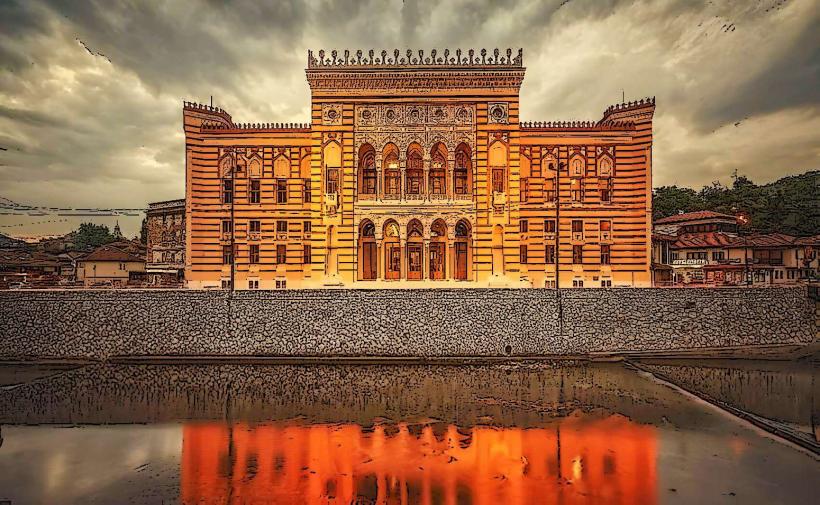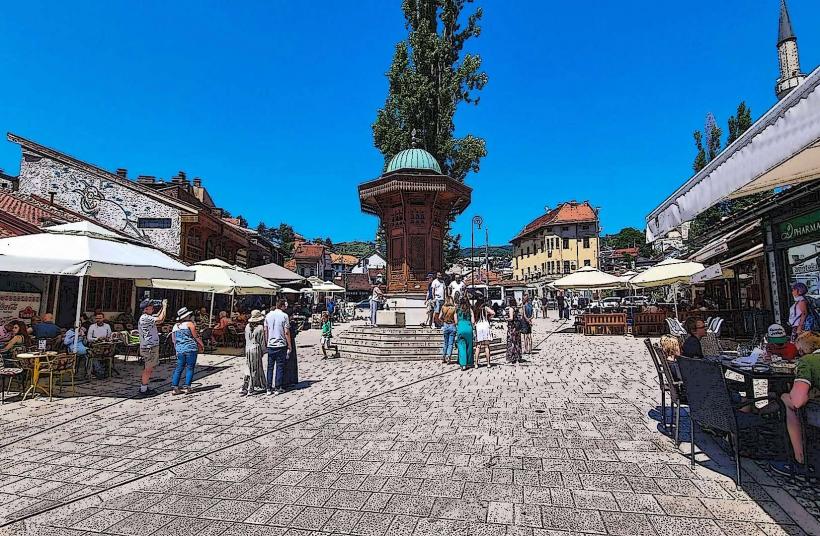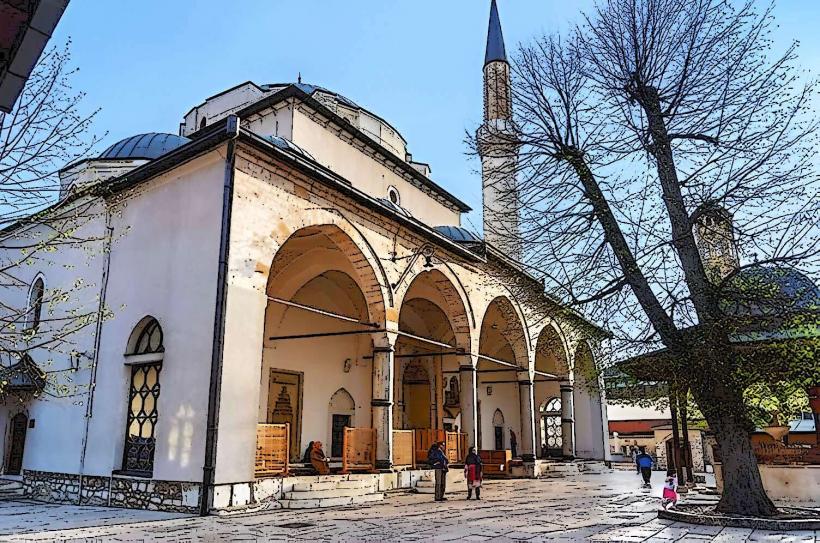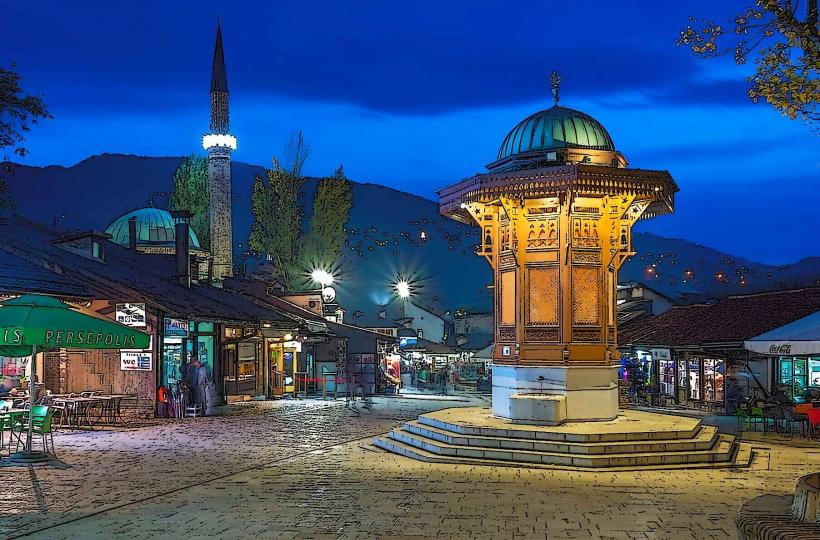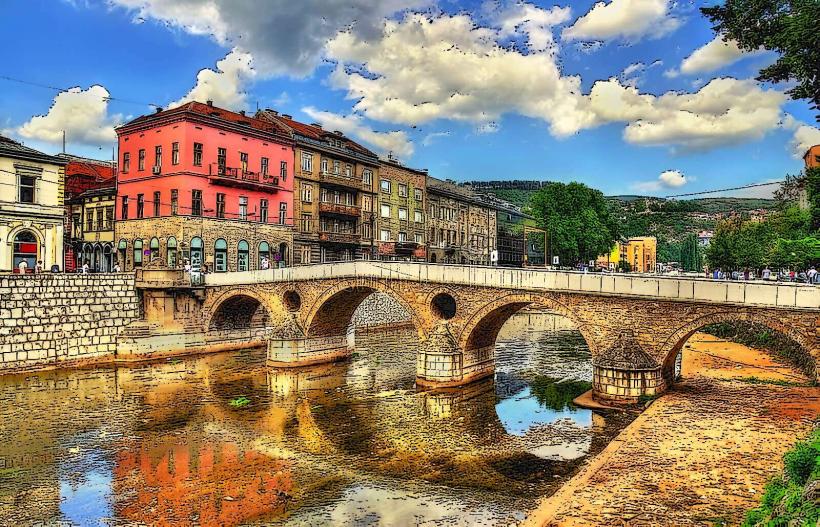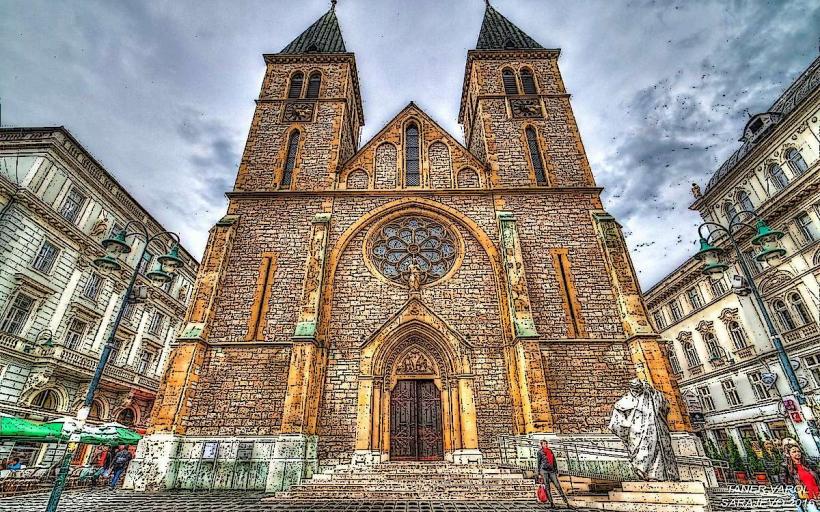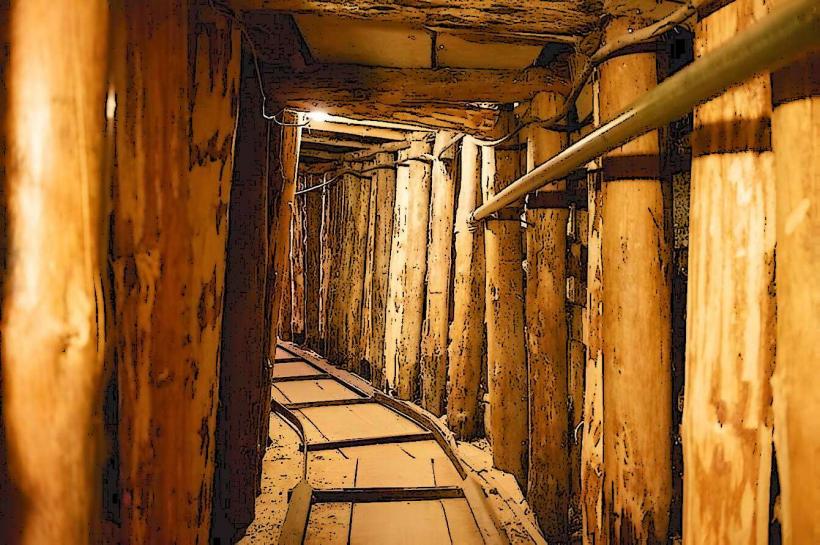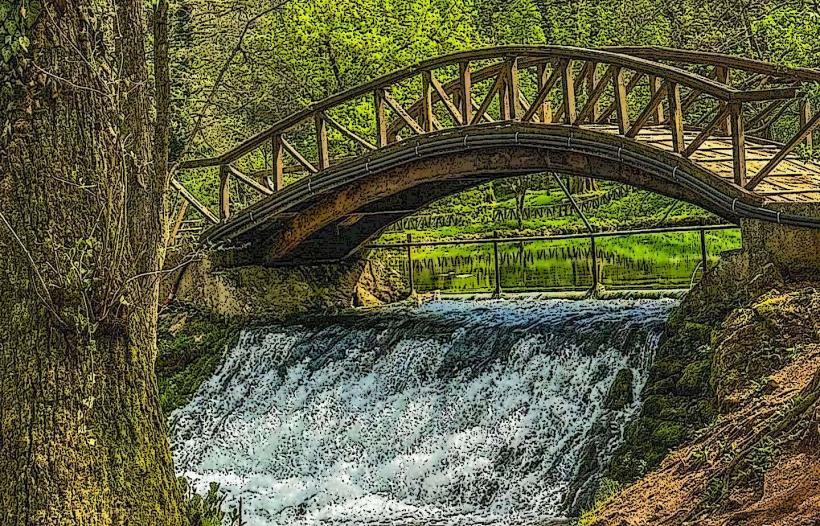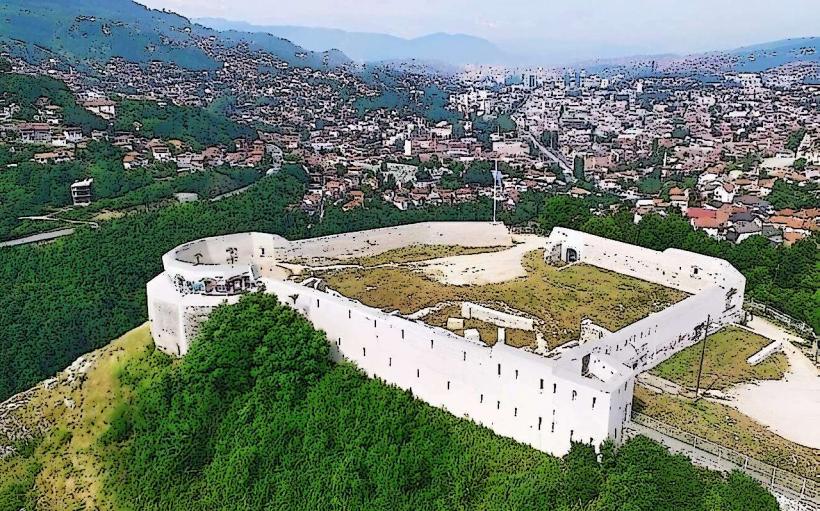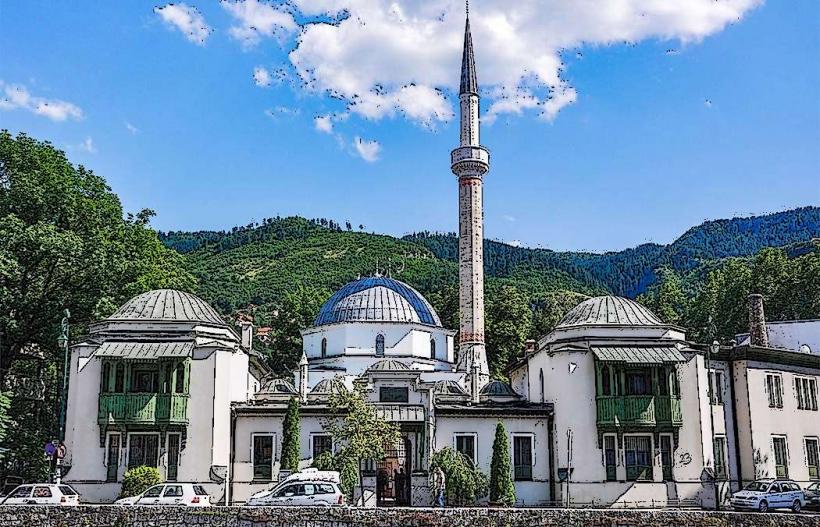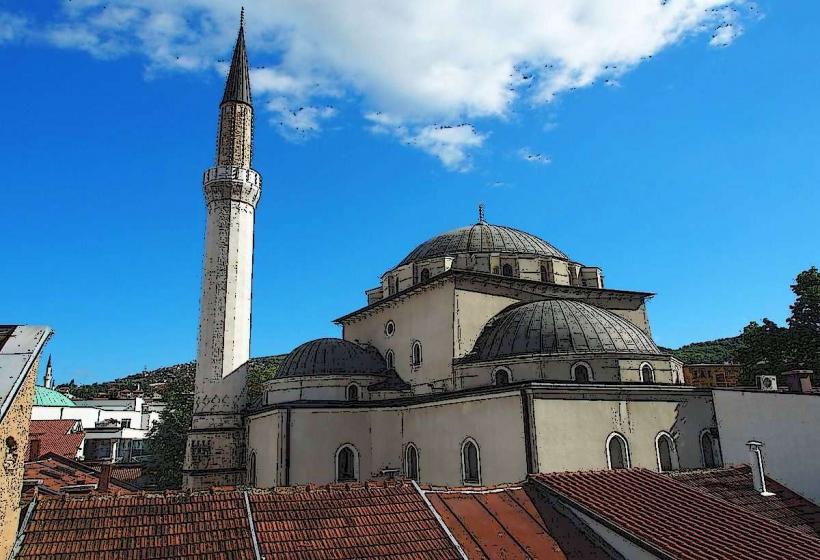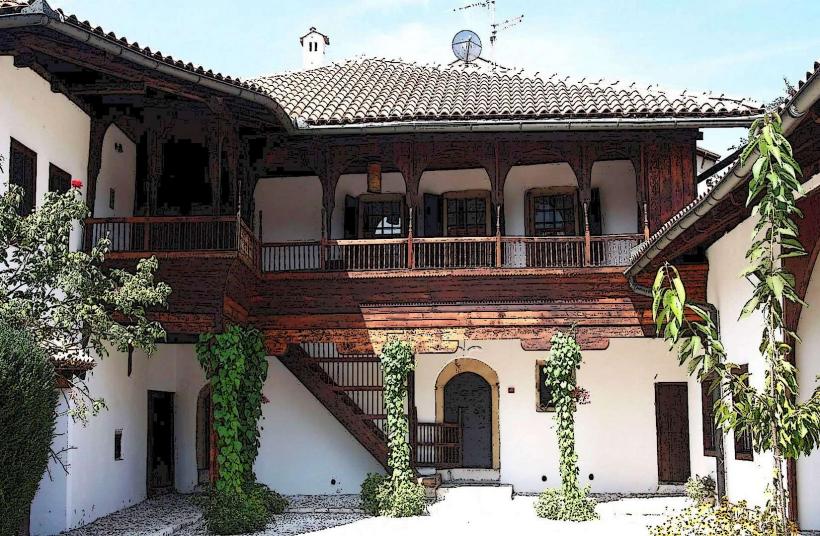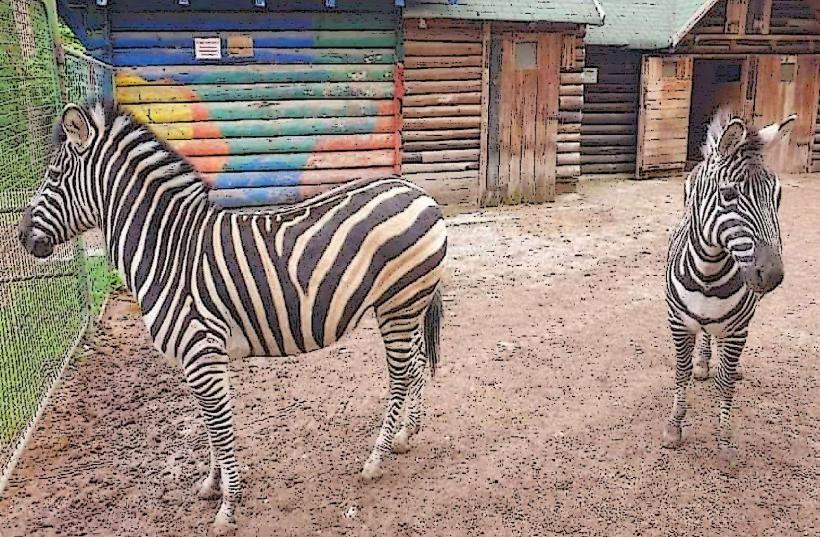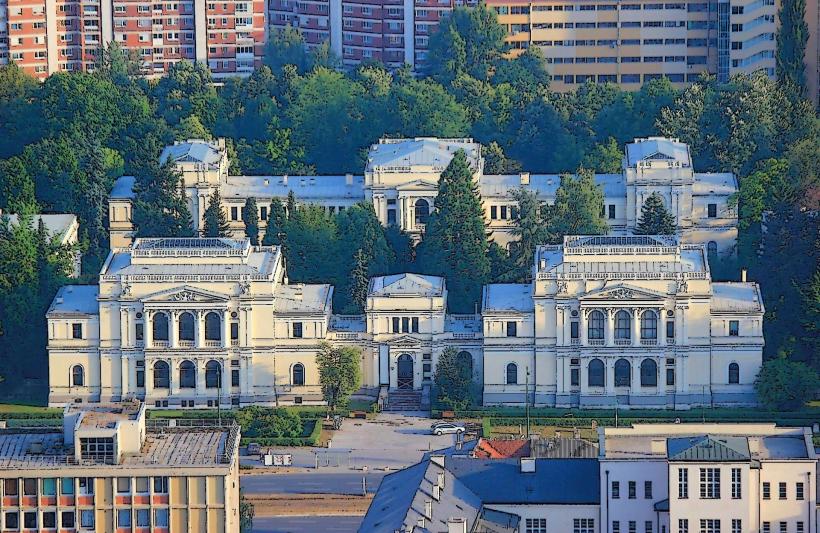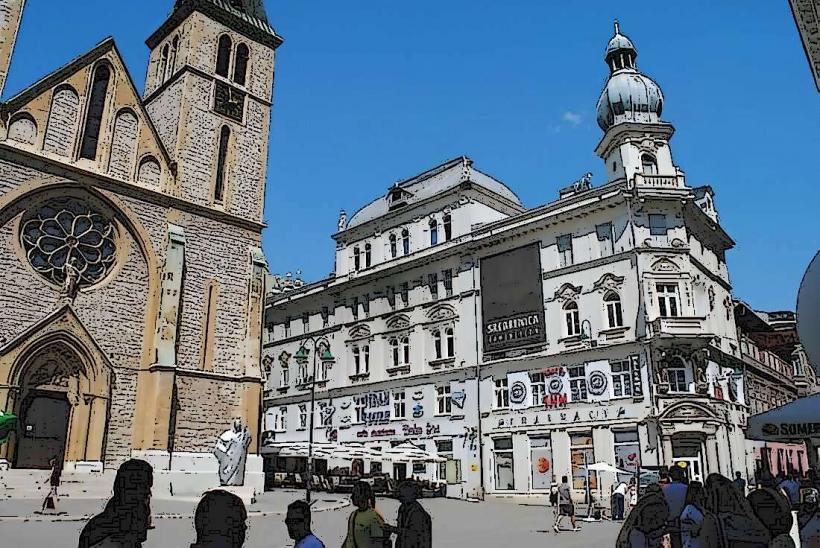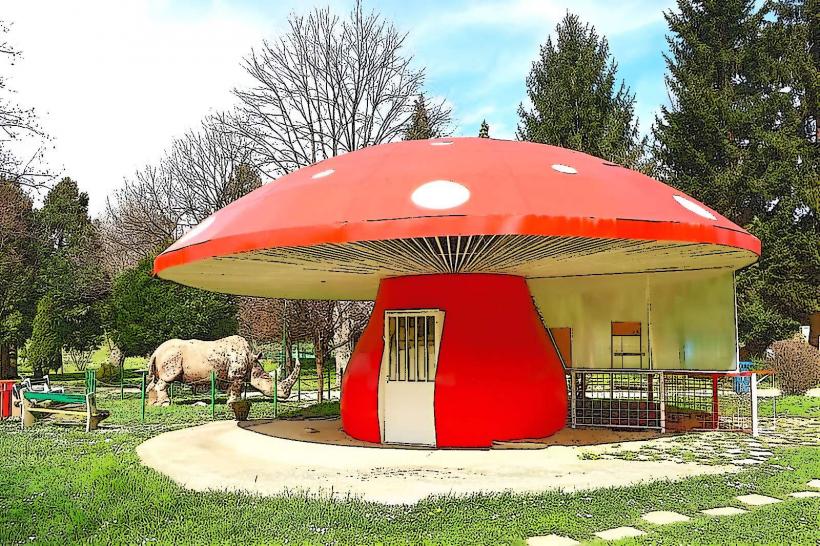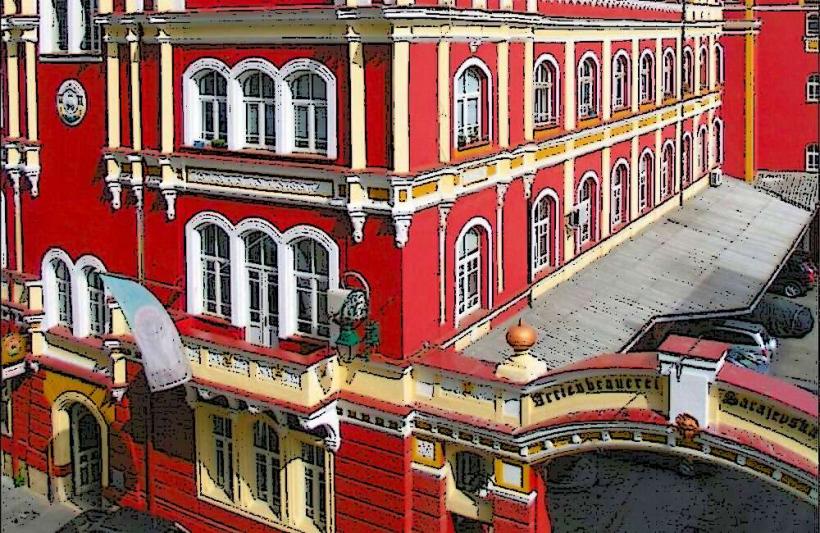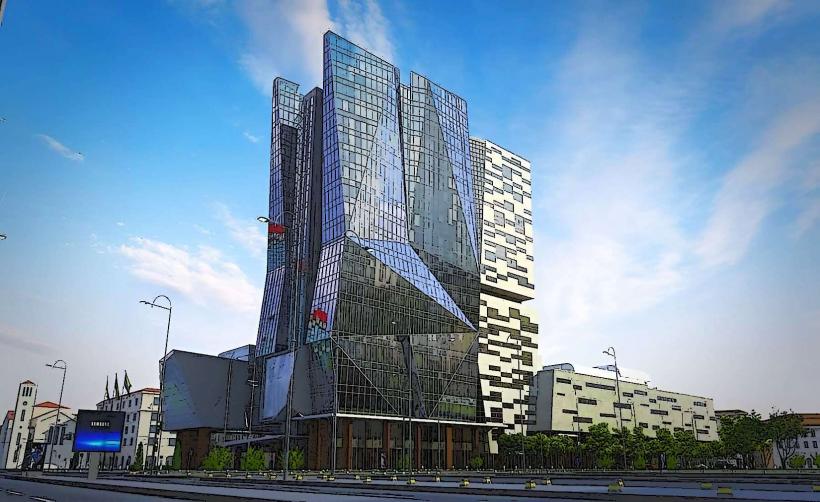Information
City: SarajevoCountry: Bosnia and Herzegovina
Continent: Europe
Sarajevo, Bosnia and Herzegovina, Europe
Overview
Sarajevo, the capital of Bosnia and Herzegovina, brims with a layered history, where mosques stand near Austro-Hungarian facades, mountains frame the skyline, and its past has shaped both European and global events, meanwhile tucked into a valley beneath the sweeping ridges of the Dinaric Alps, Sarajevo earns the nickname “Jerusalem of Europe” for its rare mix of Eastern and Western traditions, where church bells and the call to prayer share the same air.It appears, Sarajevo sits in the heart of Bosnia and Herzegovina, straddling the Miljacka River, its streets lying roughly 500 meters-about 1,640 feet-above the sea, then mountains ring the city, their peaks catching the morning light and offering breathtaking views that shape a truly picturesque landscape.Sarajevo sits in a valley ringed by mountains, giving it a continental climate softened by a hint of Mediterranean warmth, in turn winter in Sarajevo bites with crisp, the kind that stings your cheeks, as snow piles up and temperatures often dip well below freezing.Summer turns boiling, often climbing past 30°C (86°F), but the cool air drifting down from the mountains takes the edge off, in addition tucked in a valley, the city often wakes to fog curling through the streets, only to break into pockets of winter sunshine by midday.Sarajevo’s past carries the imprint of countless cultures, shaped by centuries of meeting and mingling where East meets West, and from the days of the Ottoman Empire to the Austro-Hungarian era, Sarajevo passed from one ruler to another, each leaving a mark you can still trace in its cobbled streets and ancient stone bridges.Ottoman Period (1463–1878): In the late 1400s, the Ottoman Turks founded Sarajevo, laying its first stone beside the Miljacka River, and the Ottomans transformed Sarajevo into a thriving hub of culture and government, where the call to prayer might mingle with church bells and the chatter of markets filled with Muslims, Orthodox Christians, Catholics, and Jews, partially You can still perceive traces of this era in Sarajevo’s Baščaršija, the vintage Ottoman bazaar where narrow stone alleys wind between shops, and in its many mosques, including the graceful Gazi Husrev-beg Mosque, as well as austro-Hungarian Period (1878–1918): In 1878, the Austro-Hungarian Empire took control of Sarajevo, where soldiers in crisp uniforms soon filled its narrow, cobbled streets.During this time, the city underwent major changes-innovative brick buildings rose along the streets, fresh roads stretched outward, and railways cut through the landscape, along with the Austro-Hungarians introduced European-style architecture, filling the streets with ornate facades, and a rising middle class began to take shape in the city, slightly often In 1914, Sarajevo became the area where Archduke Franz Ferdinand was shot at close range, an event that helped ignite the start of World War I, alternatively yugoslav Period (1918–1992): After World War I, Sarajevo joined the newly created Kingdom of Yugoslavia, and following the second war’s end, it became part of the Socialist Federal Republic of Yugoslavia, where red flags lined its streets.Under Communist rule, Sarajevo thrived, its streets buzzing with cafés and debate halls, and it grew into one of Yugoslavia’s key hubs for culture and learning, simultaneously the city hosted the 1984 Winter Olympics, a week when flags from around the world lined its streets and it stepped onto the global stage.The Siege of Sarajevo (1992–1995) marked the darkest days in the city’s history, as the Bosnian War in the early ’90s turned its streets into rubble and silence, subsequently bosnian Serb forces surrounded Sarajevo for almost four years, a stretch so long that snow fell and melted there through four winters, making it one of the longest sieges in modern history.Believe it or not, The siege left the streets in ruins and claimed countless lives, moreover countless historic buildings crumbled, and the city’s infrastructure took a heavy blow-streets buckled, and power lines sagged in the heat.Even in the midst of hardship, Sarajevo’s people endured with grit-neighbors still shared bread warm from the oven, not only that when the war ended, the city slowly set about rebuilding-stone by stone, street by street-and finding ways to heal, to some extent Truthfully, Sarajevo’s character grows out of its mix of cultures, where Bosniaks, Croats, Serbs, and Jews live side by side-mosque calls, church bells, and the scent of fresh bread mingling in the streets, and for centuries, Sarajevo’s mix of faiths and cultures lived side by side, earning the city a name for tolerance; that harmony cracked sharply during the war.Sarajevo is famous for its mix of Islam, Christianity, and Judaism, where church bells, the call to prayer, and synagogue chants can all be heard in a single afternoon, after that the city holds some of the region’s most treasured mosques, churches, and synagogues, their towers and domes rising above the narrow streets.Among the standouts is the Gazi Husrev-beg Mosque, a graceful Ottoman-era masterpiece with pale stone walls that glow in the afternoon sun, along with the city also boasts the Sacred Heart Cathedral, the Church of St. Anthony, and the classical Synagogue, where sunlight spills through tall, arched windows, equally important in Sarajevo, the food tells a story of Ottoman spice, Mediterranean freshness, and the hearty flavors of the Balkans.If I’m being honest, People love traditional dishes like ćevapi, the smoky grilled minced meat; burek, a flaky pastry stuffed with meat or cheese; and sarma, tender cabbage leaves wrapped around savory fillings, besides the city’s famous for its rich, foamy Turkish coffee-always served as part of a warm welcome-and for baklava, a flaky, honey-soaked pastry loved by both locals and travelers.Arts and Festivals: Sarajevo bursts with culture, from lively street music to packed theater nights and galleries glowing with color, also since its start in 1995, the Sarajevo Film Festival has blossomed into one of the region’s key cultural gatherings, pulling in filmmakers, artists, and curious travelers from across the globe, all crowding into dimly lit theaters to share the screen’s glow.As it happens, Other enormous festivals include the Sarajevo Winter Festival and Baščaršija Nights, where streets fill with music, dancers twirl in shining skirts, and the scent of grilled lamb drifts through the air, while the National Theatre in Sarajevo stands as a cornerstone of the city’s culture, where velvet seats and sparkling stage lights draw audiences night after night.In Sarajevo, people speak three official languages-Bosnian, Serbian, and Croatian-heard in everything from street signs to lively café conversations, moreover the languages differ in vocabulary and accent, yet someone can still understand both without much trouble-like catching the meaning through a faint regional lilt.In Sarajevo, most people speak Bosnian, though you’ll also catch Croatian and Serbian drifting through the cafés and market stalls, subsequently sarajevo is Bosnia and Herzegovina’s hub for both politics and business, where office towers rise over busy markets and the scent of fresh bread drifts through the streets.As it happens, The economy’s a mix of strengths, from bustling tourism and busy trade routes to humming factories and a wide range of services, as a result since the war, the city’s bounced back in remarkable ways, and now visitors crowd its markets and waterfront-tourism ranks among its biggest industries.Sarajevo International Airport links the city to major European hubs, while its trains and buses carry travelers in from every corner of Bosnia and Herzegovina, from snowy mountain towns to quiet river valleys, after that the city’s service sector has been growing, with cafés, boutiques, and other innovative businesses popping up over the past few years, perhaps Even so, unemployment still looms large, with towns and villages across the country struggling to shake off the war’s shadow, meanwhile sarajevo’s tech scene is on the rise, home to a cluster of startups building everything from sleek mobile apps to complex software systems.In Sarajevo, you’ll find the country’s largest university-the University of Sarajevo-where students dive into everything from philosophy lectures to chemistry labs and engineering projects, what’s more the city’s home to several specialized institutions, including the Sarajevo School of Economics and Business and the Academy of Fine Arts, where the scent of turpentine often drifts from open studio windows, moderately In Sarajevo, education holds real weight, and the city draws students from across the country and neighboring regions, filling cafés with the sound of lively study sessions, consequently from Sarajevo, you can hop on a train, drive the winding highways, or catch a quick flight, making it easy to reach the rest of Bosnia and Herzegovina and beyond.The city runs its own buses, trams, and historic rattling trolleybuses, keeping fares low enough for almost anyone to ride.
Author: Tourist Landmarks
Date: 2025-10-29
Landmarks in sarajevo

